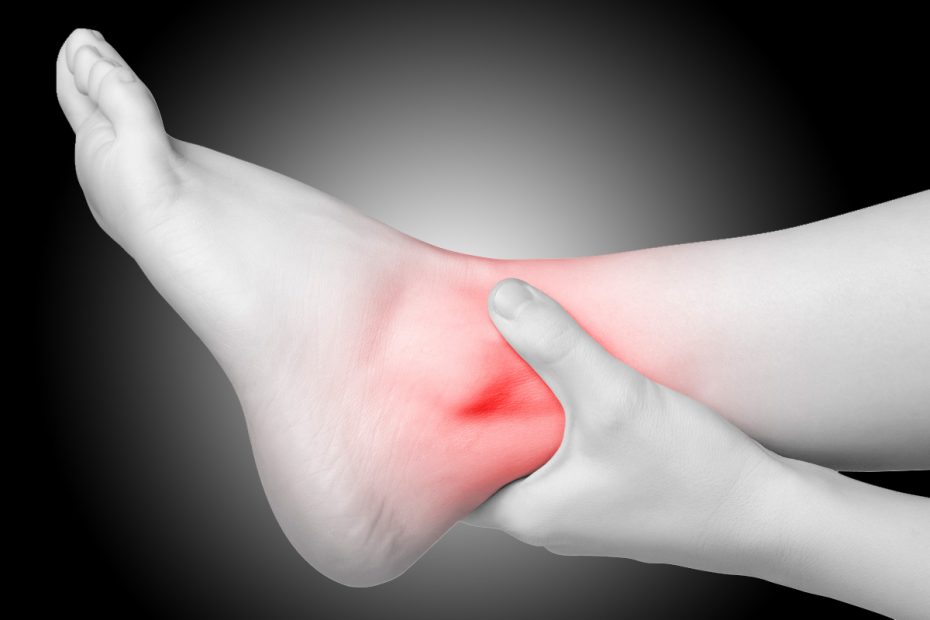Ankle sprain is a very common sporting injury that causes swelling, pain, and instability and may take weeks or even months to heal. Here we outline the causes, prevention and treatment of the common problem.
Ankle Sprain treatment
Ankle sprain is a very common sporting injury. It is the tearing of the ligament that connect bone to bone that helps to stabilise the joint. It causes swelling, pain, and instability and may take weeks or even months to heal.
Causes
Any activity or sport that requires sudden changes in direction, jumping, turning and twisting motions such as but not limited to basketball, soccer, badminton, and football are particular vulnerable to ankle sprains.
The biggest risk factor is from a previous or existing ankle injury especially if poorly rehabilitated. Other causes include lack of strength and stability in the ankle, poor balance and weak conditioning.
Prevention
As we mention time and again, prevention in most instances is better than cure. Once a body part is damaged, even once healed poses higher chance of recurrence.
Gradual strengthening and conditioning
Injuries are often caused by overtraining thus we recommend gradually increasing intensity over time. The 10% rule is a good progress measure as it allows muscles to heal and grow strong while increasing load.
Lateral side jumps can also strengthen and condition the ankles for sports that involve rapid change in movement direction. Please consult a qualified fitness instructor on sports specific exercises you can do to improve conditioning.
Warming up and stretching
Stretching is best done when the muscle is warm. It can help to prepare the body for exercise.
Correct equipment
Wearing sports appropriate shoes can provide stability and support. Inappropriate footwear is a major contributor to injury. Instead of spending money on the next greatest Tennis racquet, why not spend it on some good quality Tennis shoes that support side to side movement.
Taping or braces
Taping or ankle brace that compresses the ankle especially for previously injured ankles is effective to dampen pain while stabilising the ankle from further injury.
Treatment
When activity causes pain, discontinue immediately and commence RICE. RICE should be applied for up to 72 hours after injury.
Rest – Take the weight of the injury by lying or sitting down
Ice – Apply ice to the affected area 20 minutes at a time to avoid frost bite. Do this several times a day.
Compression – After icing the injured area, apply compression. You can use bandage or ankle braces on the area firmly but not too tight as to inhibit movement.
Elevation – Raise the injured area above heart level to help reduce swelling.
A sports medical professional should be seen after injury to determine extent of injury and to advise treatment and rehabilitation. An x-ray may be required.
Rehabilitation
Rehabilitation can begin after the completion of RICE. Although most ankle sprains heal between 2 to 6 weeks, severe cases can take up to 12 weeks.
When returning to play, always wear taping or ankle brace such as the Inner-Fire advanced ankle brace for support until full joint function is regained. Players with grade 2 or 3 ligament injuries are advised to use protective brace when playing sport for a minimum of 6 to 12 months post injury.
If for any reason, pain returns during exercise and rehabilitation, stop immediately and apply RICE.
Remember to continue to do strengthening and sports specific exercises to prevent injury recurring.
Always consult a medical professional
The contents we provide are for informational purposes only and should not be a substitute for professional medical advice, diagnosis, or treatment. Please use the information above at your own risk as no party involved in the production of this resource accepts any responsibility for its usage.
